Exam practice
GCSE Computer Science: Exam-style quiz by topic
Try this quiz based on GCSE Computer Science past papers. Choose the topic you would like to revise and answer the questions.
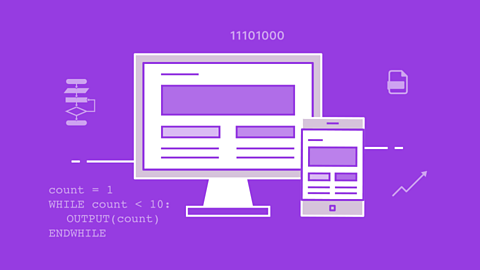
GCSE Computer Science: exam-style questions
Get ready for your Eduqas computer science GCSE exams with free interactive tests and feedback to improve your knowledge of binary, programming techniques and more.
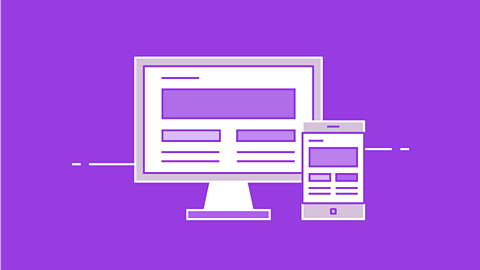
GCSE Computer Science: quick-fire questions
Free interactive Eduqas computer science GCSE questions based on past papers. Boost your knowledge of algorithms, computer systems, data structures and more.

Understanding Computer Science
The CPU - Eduqas
Most general purpose computers are based on von Neumann architecture. This includes using the fetch-decode-execute cycle to process program instructions. Computer performance depends on cache size, clock speed and the number of cores.
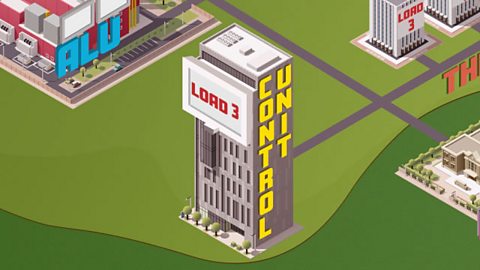
Primary storage - Eduqas
Primary storage is a key component of a computer system that enables it to function. Primary storage includes random access memory (RAM), read only memory (ROM), cache and flash memory. Each of these have different uses within the computer.
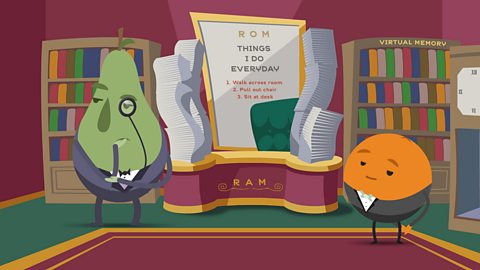
Secondary storage and embedded systems - Eduqas
Computers need to be able to store programs and data indefinitely when the power is switched off. Magnetic, optical and solid state devices are different types of secondary storage used to store the data and programs. Each type has different functions in terms of suitability, durability, portability and speed.
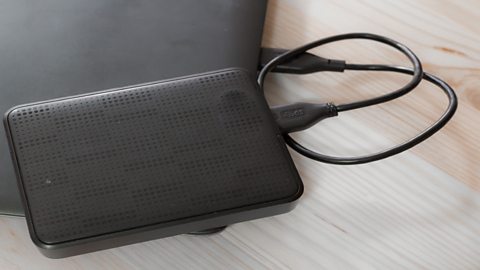
Networks - Eduqas
Devices can be networked using different hardware, such as routers, hubs, switches, gateways and bridges. They can cover local areas (LANs) or wider areas (WANs). Networks are constructed using different topologies, including ring, bus, star and mesh. All of these differences have advantages and disadvantages to users.

Internet and cybersecurity - Eduqas
Networks operate on the principles of communication and sharing. Unfortunately, these principles mean that network traffic and data can be more easily accessed by people who have no authority to do so. Different vulnerabilities need to be identified and measures put in place to protect systems from them.
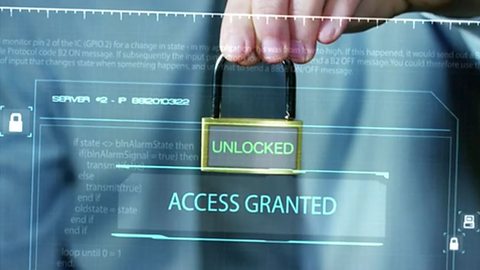
Data representation - Eduqas
Binary data can represent numbers, graphics, sound and characters. It is then organised and manipulated differently. Data can also be stored in arrays, records or external files and go through validation or verification checks to ensure accuracy.

Storage and data organisation - Eduqas
Arrays form the basis for how data is stored within a program. They must be declared with meaningful identifier names and appropriate data types that match the data. Without the correct data structures and data types, programs will not work.

Operating systems - Eduqas
Operating systems control a computer鈥檚 resources and provide an interface for users to be able to communicate with these resources. Utility software helps to maintain the system.

Principles of programming - Eduqas
Programming languages can be categorised as high-level and low-level. They each have very different characteristics and are used for different purposes. Machine code and assembly languages are very different to the languages most programmers use.
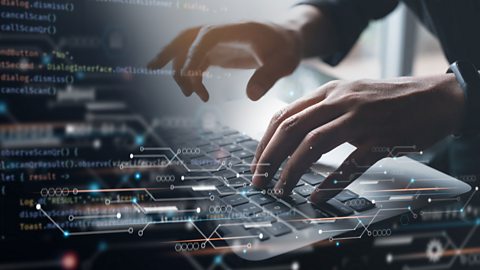
Algorithms - Eduqas
Algorithms are step-by-step plans for solving problems. They are a starting point when writing a program. Algorithms can be designed using pseudo-code and flowcharts.
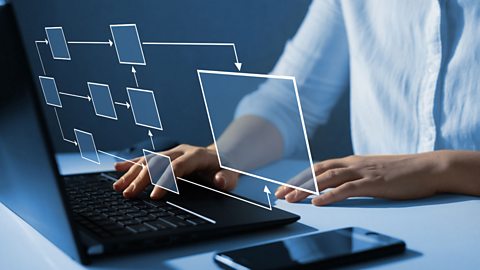
Sorting, searching and validation - Eduqas
Sorting and searching are two of the most frequently needed tasks in program design. Common algorithms have evolved to take account of this need, such as linear search, binary search, bubble sort and merge sort.
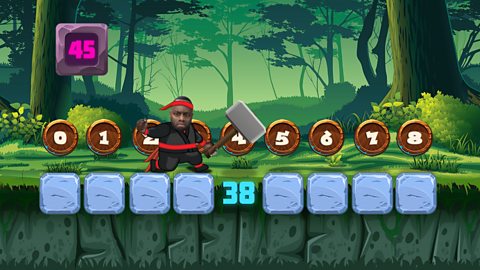
Software development - Eduqas
Translators like compilers, interpreters and assemblers are needed to translate programs written in high-level languages into the machine code that a computer understands. There are different stages in the compilation process. Tools exist to help programmers develop error-free code.

Impacts of digital technology on wider society - Eduqas
The use of computers has brought about environmental, ethical and legal issues and concerns. These increasingly affect people's daily lives.
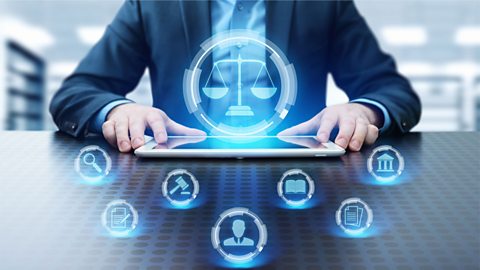
Systems analysis
Problem solving - Eduqas
Computers can be used to help solve complex problems using computational thinking. This means that before a problem can be tackled, it must first have been through decomposition and abstraction. This will result in a modular programmed solution with subroutines and clear interfaces.

Security and authentication - Eduqas
Data needs to be validated so that it does not stop software from functioning. Validation should be programmed into software to prevent this happening. There are standard checks which can be used to do this. Authentication and verification aim to restrict access to computer systems from unauthorised users.
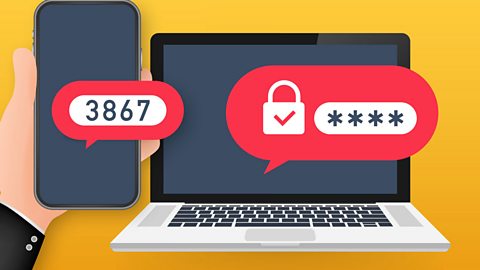
Programming constructs - Eduqas
Programs are created using common building blocks, known as programming constructs. These programming constructs form the basis for all programs and are also used in algorithms.

Study skills
Decomposition and algorithm practice questions - Eduqas
Every programming problem needs decomposing so that it can be properly understood. From this, an algorithm can be designed and tested.
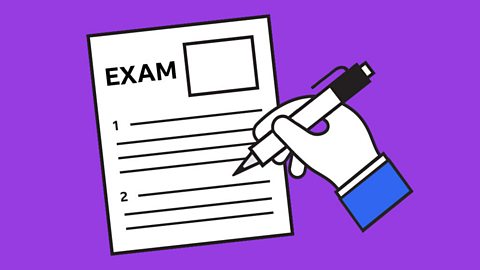
How to tackle essay-style questions - Eduqas
Essay-style questions are worth a lot of marks. They test not only understanding but whether or not your knowledge and understanding can be put into a coherent argument.
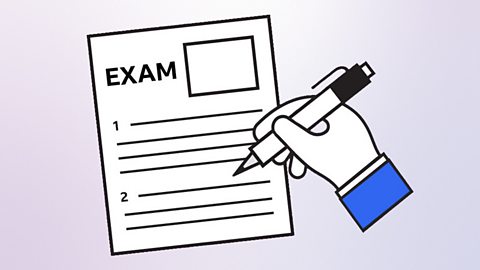
Links
- External linkExternal link
- External linkExternal link
- External linkExternal link
- External linkExternal link
- External linkExternal link
- SubscriptionSubscription